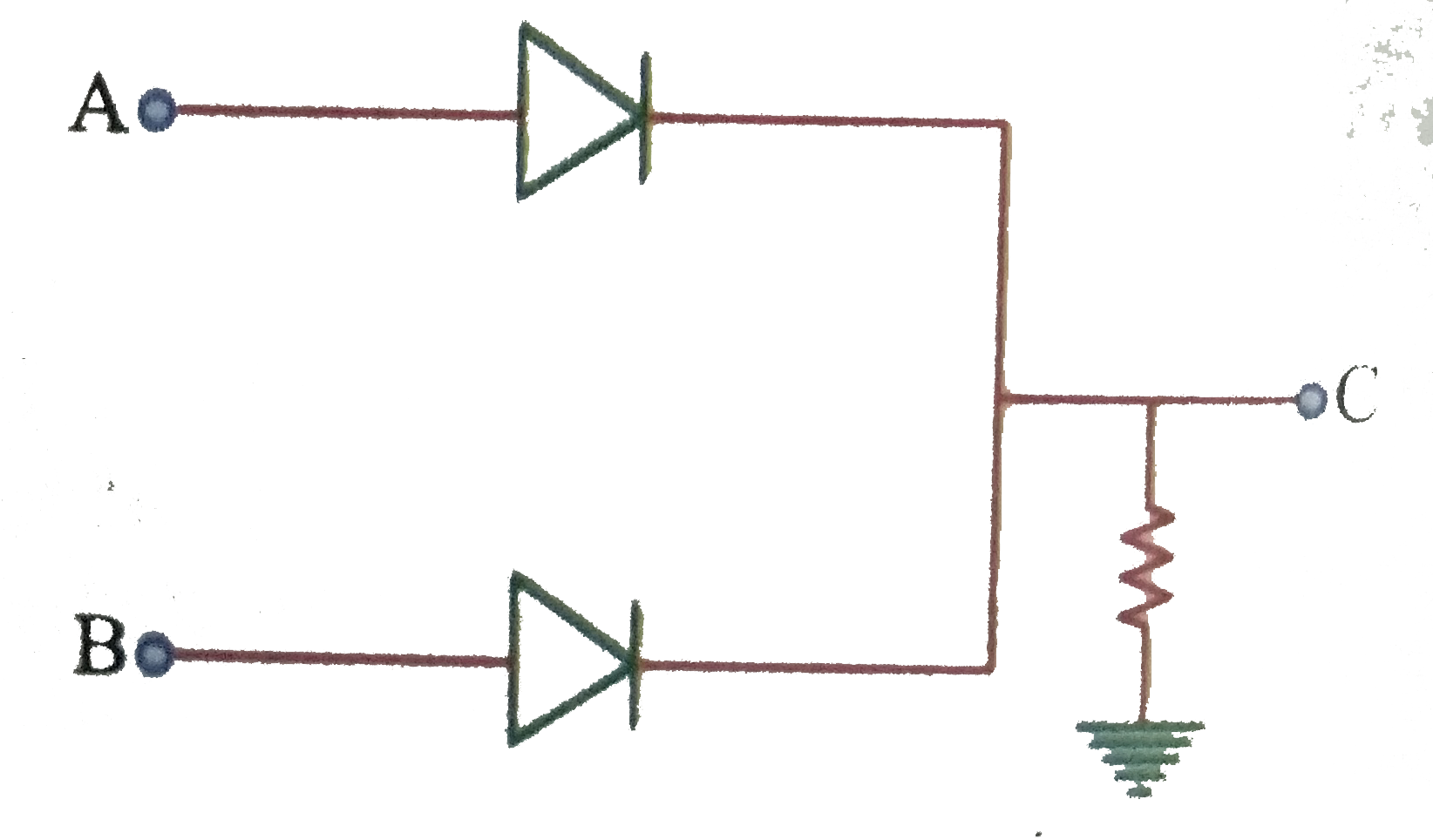VAM represents
Saprophytic fungi
Symbiotic fungi
Saprophytic bacteria
Symbiotic bacteria.
The correct Answer is:B
Step-by-Step Solution:
1. Understanding VAM: VAM stands for Vesicular Arbuscular Mycorrhiza. It is a type of mycorrhizal association that occurs between certain fungi and the roots of plants, specifically angiosperms.
2. Identifying the Relationship: VAM represents a symbiotic relationship. In this context, symbiosis refers to the interaction between two different organisms living in close physical proximity, often to the advantage of both.
3. Role of Fungi: The fungi involved in VAM belong to the group known as phycomycetes. These fungi help the plant by enhancing its ability to absorb water and nutrients from the soil.
4. Nutrient Exchange: In this symbiotic relationship, the fungi receive carbohydrates and other organic compounds from the plant, while the plant benefits from the increased nutrient and water uptake facilitated by the fungi.
5. Eliminating Incorrect Options:
- Separophytic Fungi: These fungi obtain nutrients from dead and decaying organic matter, which is not the case for VAM.
- Separophytic Bacteria: Similar to separophytic fungi, these bacteria also feed on dead organic matter, making this option incorrect.
- Symbiotic Bacteria: While this term refers to bacteria that engage in symbiotic relationships, VAM specifically refers to fungi, not bacteria.
6. Conclusion: Therefore, the correct answer to what VAM represents is "Symbiotic Fungi."
Final Answer: VAM represents Symbiotic Fungi.
---
- Separophytic Fungi: These fungi obtain nutrients from dead and decaying organic matter, which is not the case for VAM.
- Separophytic Bacteria: Similar to separophytic fungi, these bacteria also feed on dead organic matter, making this option incorrect.
- Symbiotic Bacteria: While this term refers to bacteria that engage in symbiotic relationships, VAM specifically refers to fungi, not bacteria.
Topper's Solved these Questions
- KINGDOM FUNGI-MULTICELLULAR DECOMPOSERSBOOK - DINESH PUBLICATION ENGLISHCHAPTER - KINGDOM FUNGI-MULTICELLULAR DECOMPOSERSEXERCISE - CYG
19 Videos
- KINGDOM FUNGI-MULTICELLULAR DECOMPOSERSBOOK - DINESH PUBLICATION ENGLISHCHAPTER - KINGDOM FUNGI-MULTICELLULAR DECOMPOSERSEXERCISE - CYG
19 Videos
- INTRODUCTION BOOK - DINESH PUBLICATION ENGLISHCHAPTER - INTRODUCTION EXERCISE - CYG
10 Videos
- KINGDOM MONERA (THE PROKARYOTES)BOOK - DINESH PUBLICATION ENGLISHCHAPTER - KINGDOM MONERA (THE PROKARYOTES)EXERCISE - CHECK YOUR GRASP
20 Videos
Similar Questions
Knowledge Check
In the circuit below, A and B represents two inputs and C represents the output . The circuit represents
 AAND gateBNOR gateCOR gateDNAND gate
AAND gateBNOR gateCOR gateDNAND gateMilk of tender coconut represents ------ and the surrounding white coconut meal represents -------.
Acellular endosperm and free-nuclear endospermBfree-nuclear endosperm and cellular endospermChelobial endosperm and cellular endospermDfree-nuclear endosperm and helobial endosperm
In the circuit below, A and B represents two inputs and C represents the output, the circuit represents.
 .
.
View SolutionIn the circuit below, A and B represent two inputs and C represents the output.

The circuit represents
View SolutionWhich of the following sequence represents atomic number of only representative elements?
View SolutionMycorrhiza represents
View SolutionGenus represents
View SolutionThe symbol represents :-
_E01_344_Q01.png)
View Solution

